Home>Gardening & Outdoor>Landscaping Ideas>What Grass Was Used In The Super Bowl
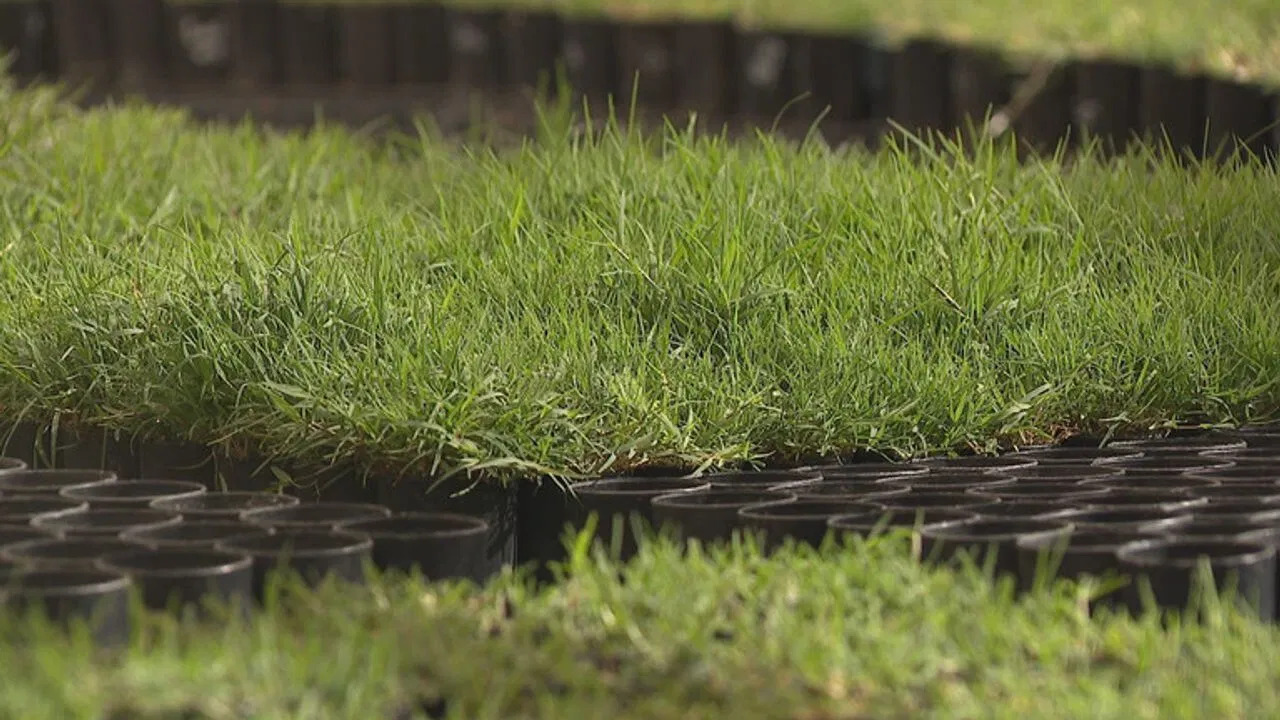

Landscaping Ideas
What Grass Was Used In The Super Bowl
Published: January 26, 2024
Discover the landscaping ideas behind the grass used in the Super Bowl. Learn about the best grass for your own sports field or backyard.
(Many of the links in this article redirect to a specific reviewed product. Your purchase of these products through affiliate links helps to generate commission for Storables.com, at no extra cost. Learn more)
Introduction
When it comes to the Super Bowl, every aspect of the game is scrutinized and celebrated, including the playing surface. The type of grass used in the Super Bowl is a topic of interest for both fans and players alike. The turf not only sets the stage for the biggest game in American football but also plays a crucial role in the overall game play. In this article, we delve into the intriguing world of Super Bowl turf, exploring the history of the playing surface, the types of grass used, the factors influencing the choice of grass, and the impact of the grass on the game play. By understanding the significance of the grass in the Super Bowl, we can gain a deeper appreciation for the meticulous planning and attention to detail that goes into creating the ultimate stage for football greatness.
Key Takeaways:
- The type of grass used in the Super Bowl has a significant impact on the game, affecting player performance, safety, and strategic elements. It’s a meticulous decision shaped by climate, durability, maintenance, visual appeal, playability, and sustainability.
- The evolution of Super Bowl turf reflects a continuous quest for excellence, balancing durability, aesthetics, and player safety. The diverse array of grass types used in the Super Bowl highlights the adaptability and resilience of turf management practices, catering to the unique needs of each venue and climate.
Read more: Why Is The Super Bowl Grass So Slippery
History of Super Bowl Turf
The history of the Super Bowl turf is as rich and diverse as the game itself. In the early years of the Super Bowl, synthetic turf, commonly known as Astroturf, was the surface of choice. This artificial turf, made of synthetic fibers and often laid over a hard surface, provided a consistent and durable playing field. However, over time, concerns arose about the impact of Astroturf on player safety, leading to a shift towards natural grass.
As the Super Bowl evolved, so did the playing surface. The transition to natural grass brought about a new set of challenges and opportunities. The choice of grass became a crucial decision, as it directly influenced the game play and overall experience for players and fans. The history of Super Bowl turf reflects the ongoing quest to find the perfect balance between durability, aesthetics, and player safety.
Today, the Super Bowl continues to showcase the most advanced and meticulously maintained natural grass playing surfaces. The history of the Super Bowl turf is a testament to the ever-evolving nature of the game and the relentless pursuit of excellence in every aspect of the sport.
Types of Grass Used in Super Bowl
Over the years, a variety of grass species have been used in the Super Bowl, each with its own unique characteristics and benefits. The choice of grass is influenced by factors such as climate, maintenance requirements, durability, and playability. Let’s explore some of the most commonly used grass types in the history of the Super Bowl:
- Bermuda Grass: Known for its resilience and ability to withstand heavy foot traffic, Bermuda grass has been a popular choice for Super Bowl playing surfaces. Its fine texture and excellent recovery make it well-suited for high-profile events like the Super Bowl.
- Ryegrass: Often used as an overseeding grass, ryegrass is known for its vibrant green color and quick establishment. It is commonly utilized to enhance the appearance of the playing surface during the winter months when warm-season grasses may be dormant.
- Bluegrass: With its dense, lush appearance and exceptional cold tolerance, bluegrass has been favored for Super Bowl venues in northern regions. Its ability to thrive in cooler climates makes it a reliable choice for creating a visually appealing and resilient playing surface.
- Zoysia Grass: Praised for its drought tolerance and low maintenance requirements, zoysia grass has gained popularity as a sustainable and environmentally friendly option for Super Bowl stadiums. Its ability to form a dense, uniform turf makes it an attractive choice for high-traffic areas.
- Celebration Bermuda: This warm-season grass variety is celebrated for its rapid regrowth and exceptional wear tolerance. It has been selected for Super Bowl venues due to its ability to recover quickly from the stresses of intense athletic activity.
Each type of grass brings its own set of advantages, and the selection of the most suitable grass for the Super Bowl involves careful consideration of various factors to ensure optimal performance and visual appeal.
The grass used in the Super Bowl is typically a hybrid Bermuda grass called Tifway 419. It is known for its durability and ability to withstand heavy foot traffic.
Factors Influencing the Choice of Grass
The selection of the grass for the Super Bowl playing surface is a decision that is influenced by a multitude of factors, each playing a crucial role in determining the most suitable type of grass for the event. The following are key considerations that impact the choice of grass:
- Climate: The local climate of the Super Bowl venue is a significant factor in determining the type of grass that will thrive. Warm-season grasses are favored in regions with hot summers, while cool-season grasses are better suited for colder climates.
- Durability: The ability of the grass to withstand heavy foot traffic and recover quickly from wear and tear is essential for maintaining a pristine playing surface throughout the Super Bowl game.
- Maintenance Requirements: The maintenance demands of the grass, including mowing, irrigation, fertilization, and pest control, play a pivotal role in the selection process. Low-maintenance grass varieties are often preferred to ensure optimal playing conditions with minimal upkeep.
- Visual Appeal: The aesthetic quality of the grass is a significant consideration, as the playing surface serves as a focal point of the Super Bowl event. Lush, vibrant grass enhances the overall visual experience for players and spectators.
- Playability: The playability of the grass, including factors such as traction, ball roll, and surface firmness, directly impacts the game play. The chosen grass should provide an optimal playing surface for the athletes, allowing for agility, speed, and precision during the game.
- Sustainability: In an era of increased environmental awareness, the sustainability of the chosen grass variety is an important factor. Grasses that require less water, fertilizer, and pesticides align with sustainable practices and environmental stewardship.
The interplay of these factors guides the decision-making process, leading to the selection of the most suitable grass for the Super Bowl playing surface. By carefully evaluating these considerations, organizers ensure that the turf provides an ideal stage for the pinnacle of football competition.
Impact of Grass on Super Bowl Game Play
The type of grass used in the Super Bowl has a profound impact on the game play, influencing the performance of players and the overall dynamics of the game. The playing surface serves as the ultimate stage for athletic prowess, and the choice of grass directly shapes the following aspects of the Super Bowl game play:
- Traction and Footing: The traction provided by the grass significantly affects the agility and stability of players. A well-maintained grass surface with optimal traction allows athletes to make quick cuts, accelerate, and decelerate with confidence, enhancing their performance on the field.
- Ball Movement: The characteristics of the grass impact the movement and behavior of the football during the game. Factors such as the firmness of the surface and the consistency of the grass texture influence the predictability and control of the ball, adding an element of strategy to the game play.
- Injury Prevention: The playing surface plays a critical role in reducing the risk of injuries for the athletes. High-quality grass with proper cushioning and shock absorption properties helps mitigate the impact of player falls and collisions, contributing to the safety of the game.
- Player Comfort and Endurance: The condition of the grass directly affects the comfort and endurance of the players throughout the game. A well-manicured and resilient playing surface minimizes player fatigue and discomfort, allowing them to sustain peak performance levels during the intense competition.
- Visual Clarity: The visual clarity and contrast provided by the grass contribute to the overall visual experience for players and spectators. A vibrant and uniform playing surface enhances visibility, allowing for precise ball tracking and player coordination during the game.
- Precision and Strategy: The grass surface influences the strategic elements of the game, impacting passing accuracy, kicking dynamics, and overall game tactics. Players must adapt to the nuances of the grass, adding an intriguing dimension to the strategic aspects of the Super Bowl.
By recognizing the profound impact of the grass on Super Bowl game play, organizers and turf management teams prioritize the meticulous care and selection of the playing surface, ensuring that it optimally supports the athleticism, skill, and excitement that define the pinnacle of football competition.
Conclusion
The grass used in the Super Bowl is far more than just a playing surface; it is an integral part of the game’s essence, influencing the performance of athletes, the dynamics of play, and the overall visual spectacle. The evolution of Super Bowl turf reflects a continuous quest for excellence, balancing durability, aesthetics, and player safety. As we reflect on the significance of the grass in the Super Bowl, it becomes evident that the choice of grass is a meticulous and multifaceted decision, shaped by various factors and considerations.
From the early days of synthetic turf to the modern era of meticulously maintained natural grass, the Super Bowl turf has undergone a remarkable transformation, driven by a commitment to providing the ultimate stage for football greatness. The diverse array of grass types used in the Super Bowl highlights the adaptability and resilience of turf management practices, catering to the unique needs of each venue and climate.
As we look to the future of the Super Bowl, the role of the playing surface will continue to be a focal point of innovation and excellence. The impact of the grass on Super Bowl game play underscores the intricate relationship between the playing surface and the athletic prowess of the competitors. By recognizing the profound influence of the grass on the game, we gain a deeper appreciation for the meticulous planning and expertise that goes into creating the optimal stage for the pinnacle of football competition.
In essence, the grass of the Super Bowl embodies the commitment to perfection that defines the event, serving as a testament to the unwavering dedication to every detail, no matter how seemingly small. As fans and players eagerly anticipate each Super Bowl, the playing surface stands as a symbol of the relentless pursuit of excellence, ensuring that the stage is set for the extraordinary feats and unforgettable moments that define this celebrated sporting event.
Frequently Asked Questions about What Grass Was Used In The Super Bowl
Was this page helpful?
At Storables.com, we guarantee accurate and reliable information. Our content, validated by Expert Board Contributors, is crafted following stringent Editorial Policies. We're committed to providing you with well-researched, expert-backed insights for all your informational needs.
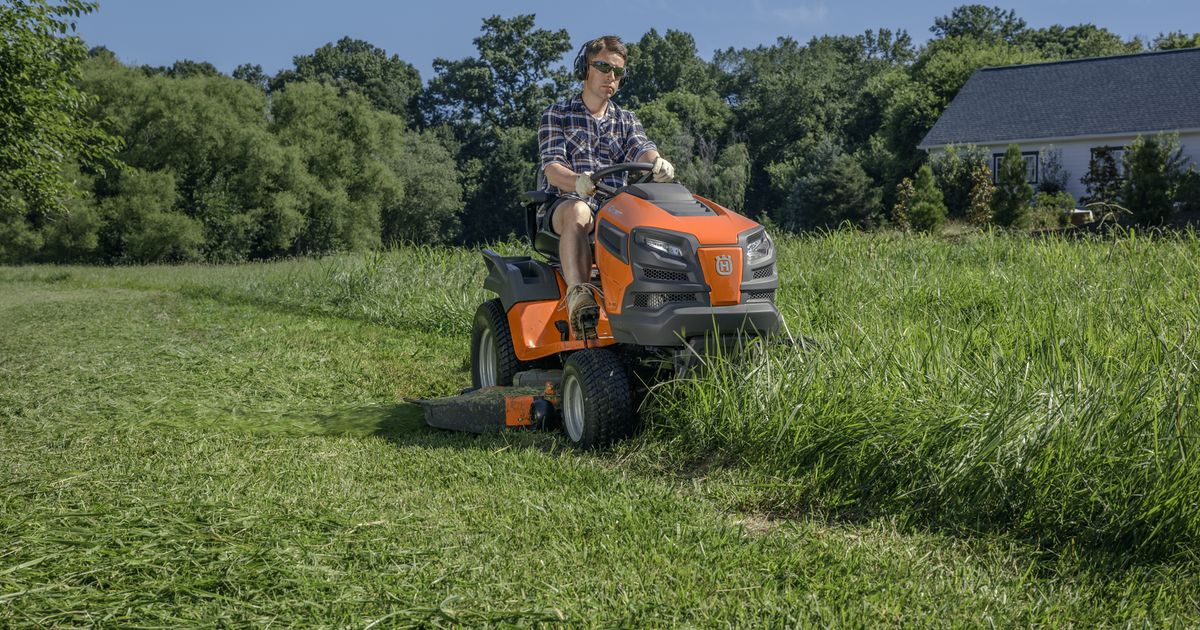
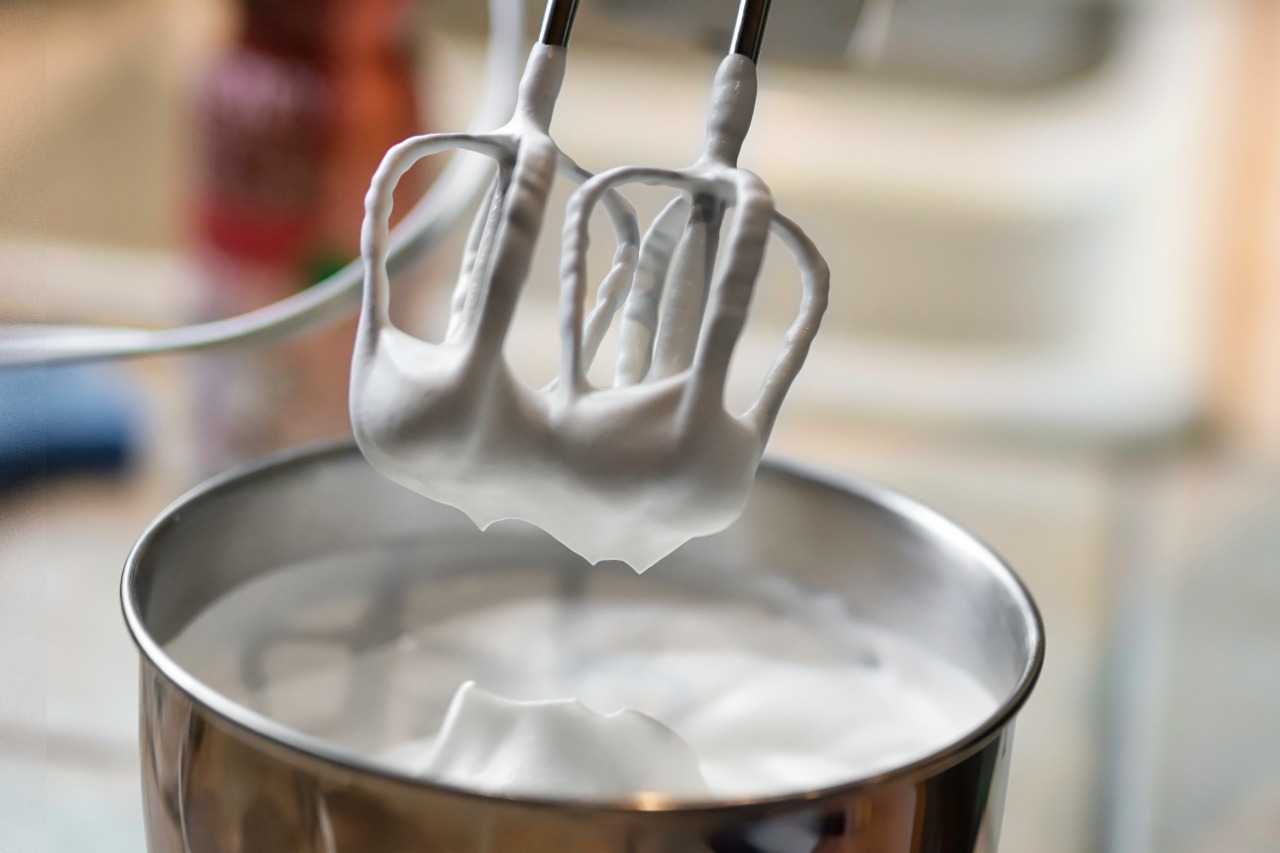

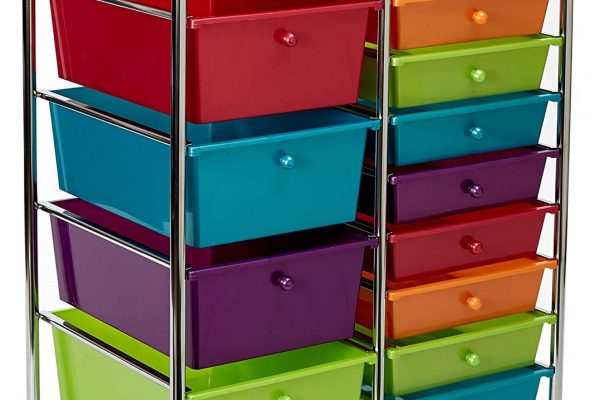
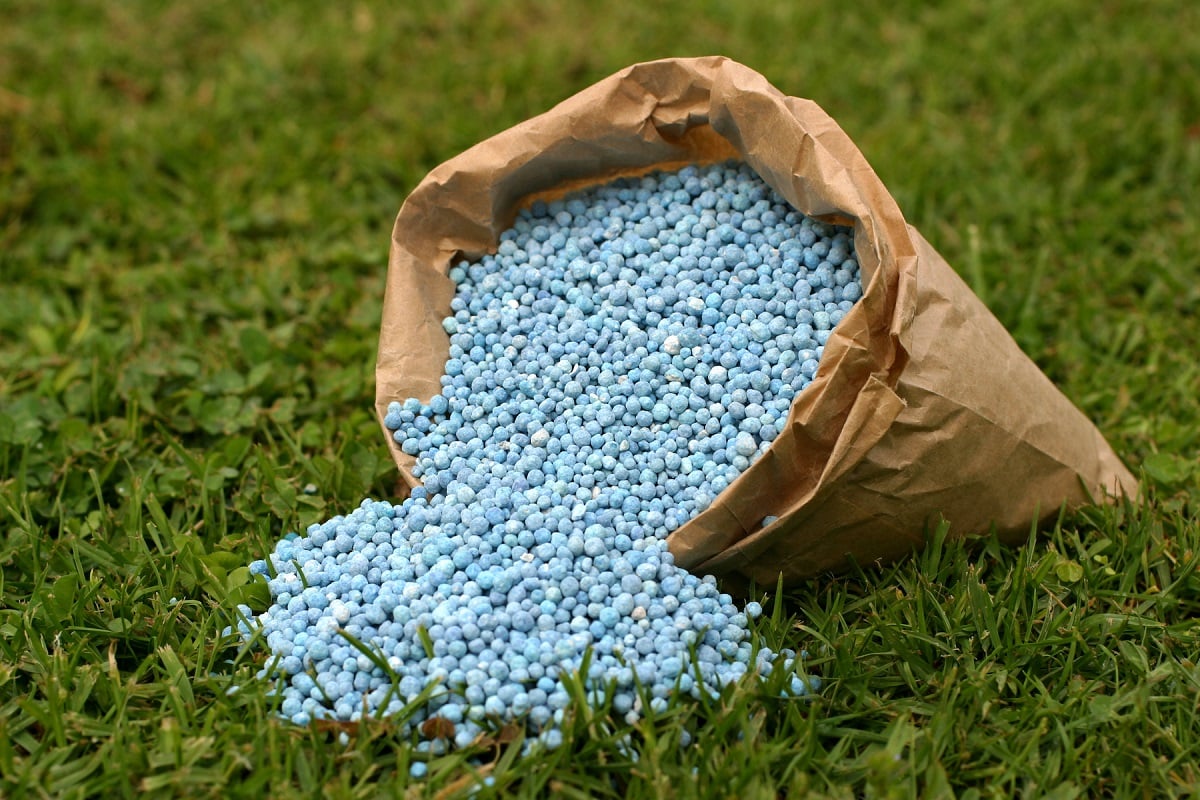
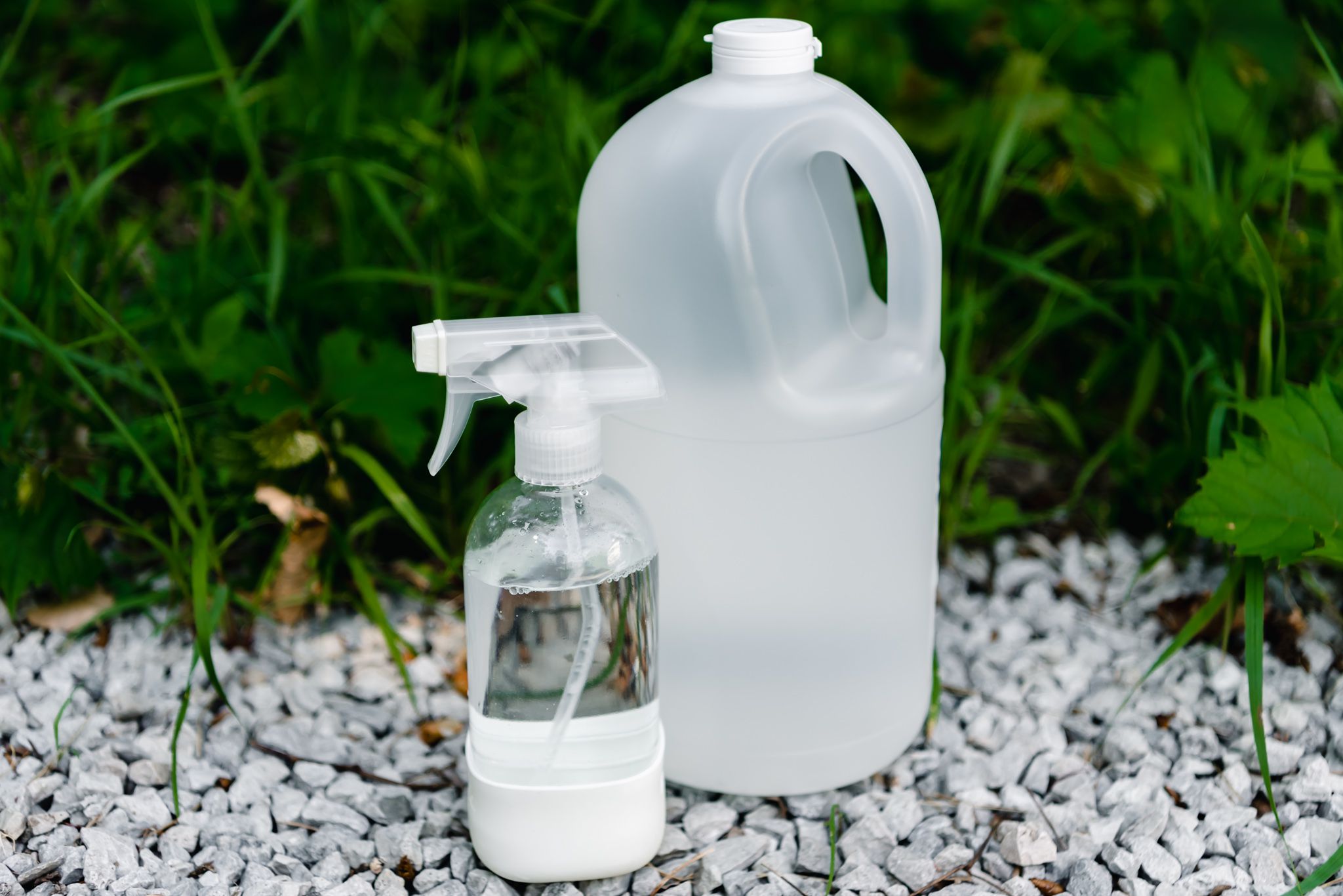
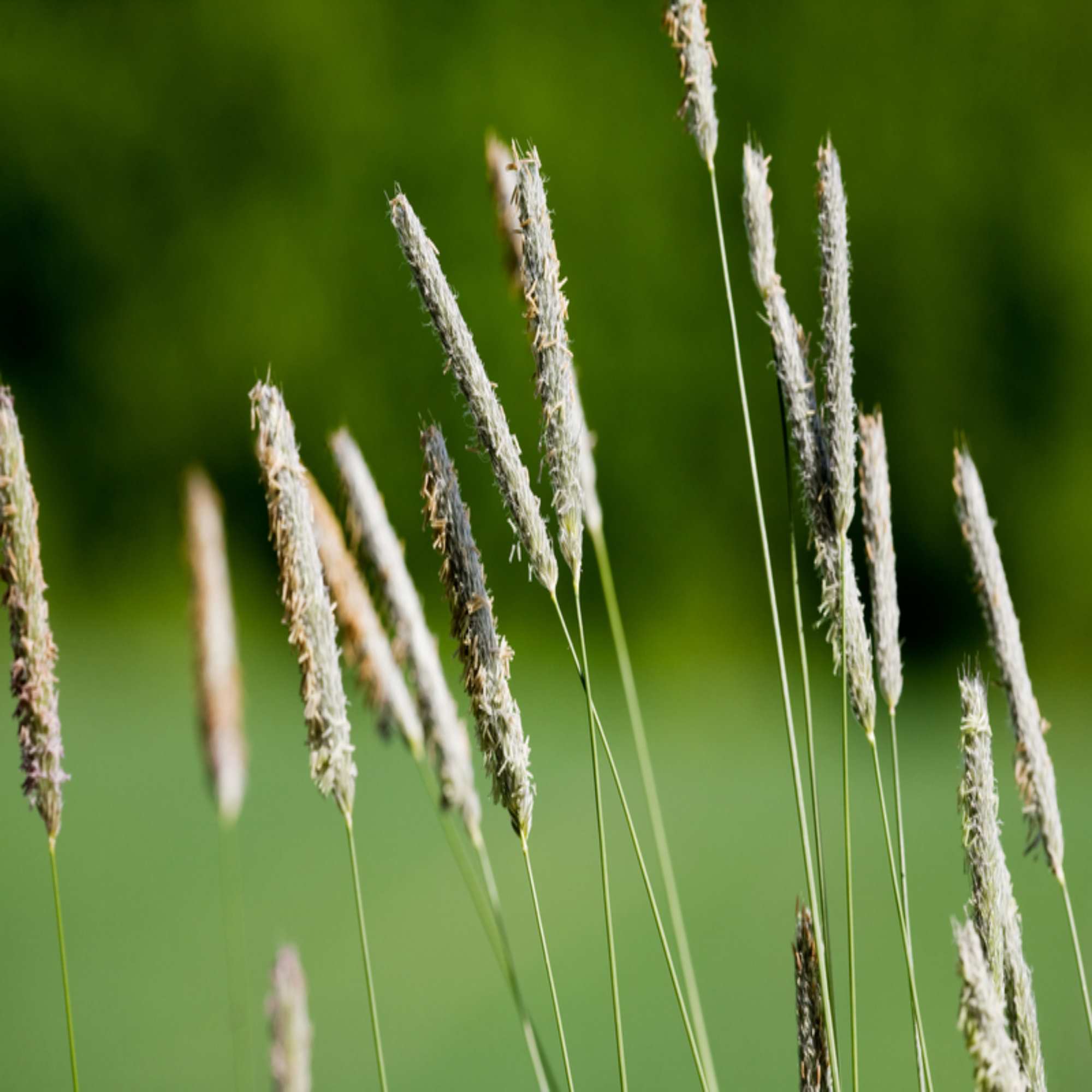
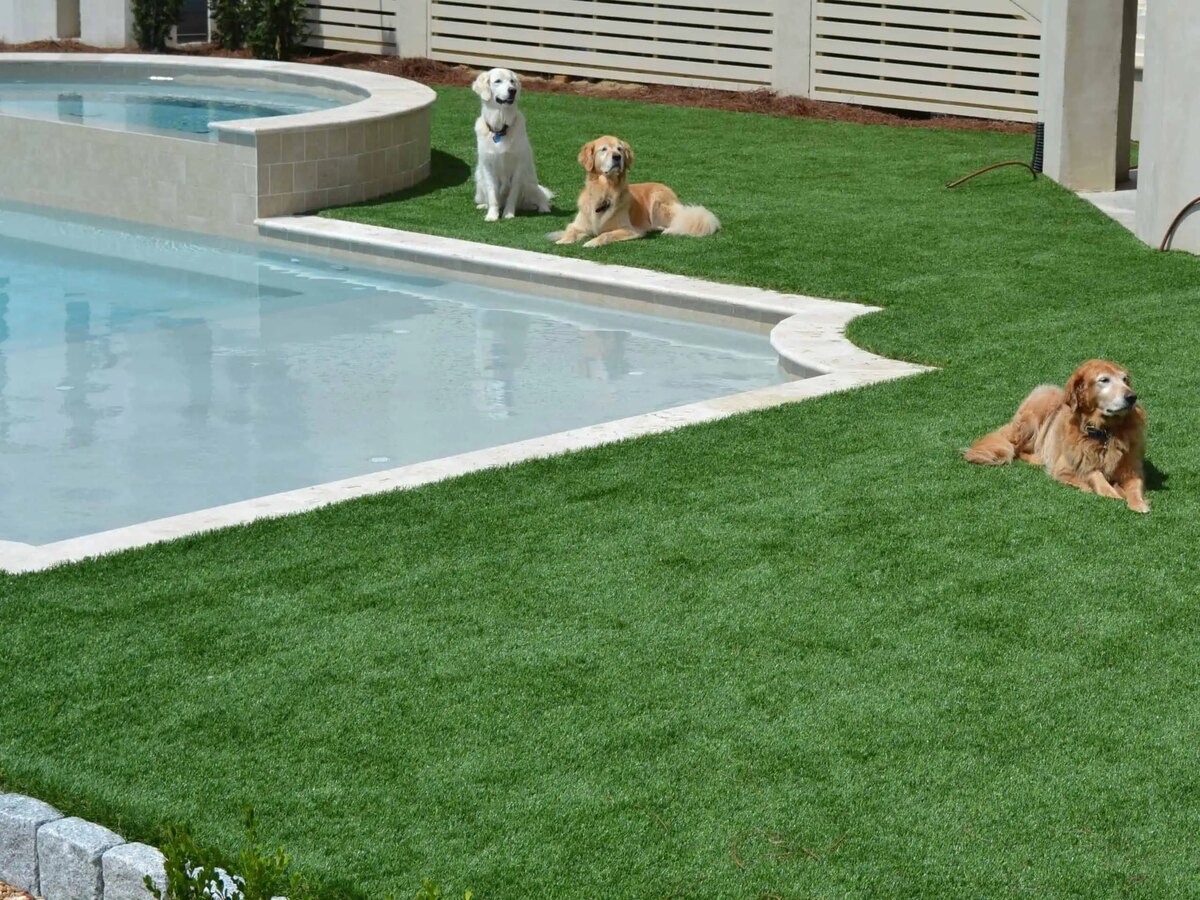

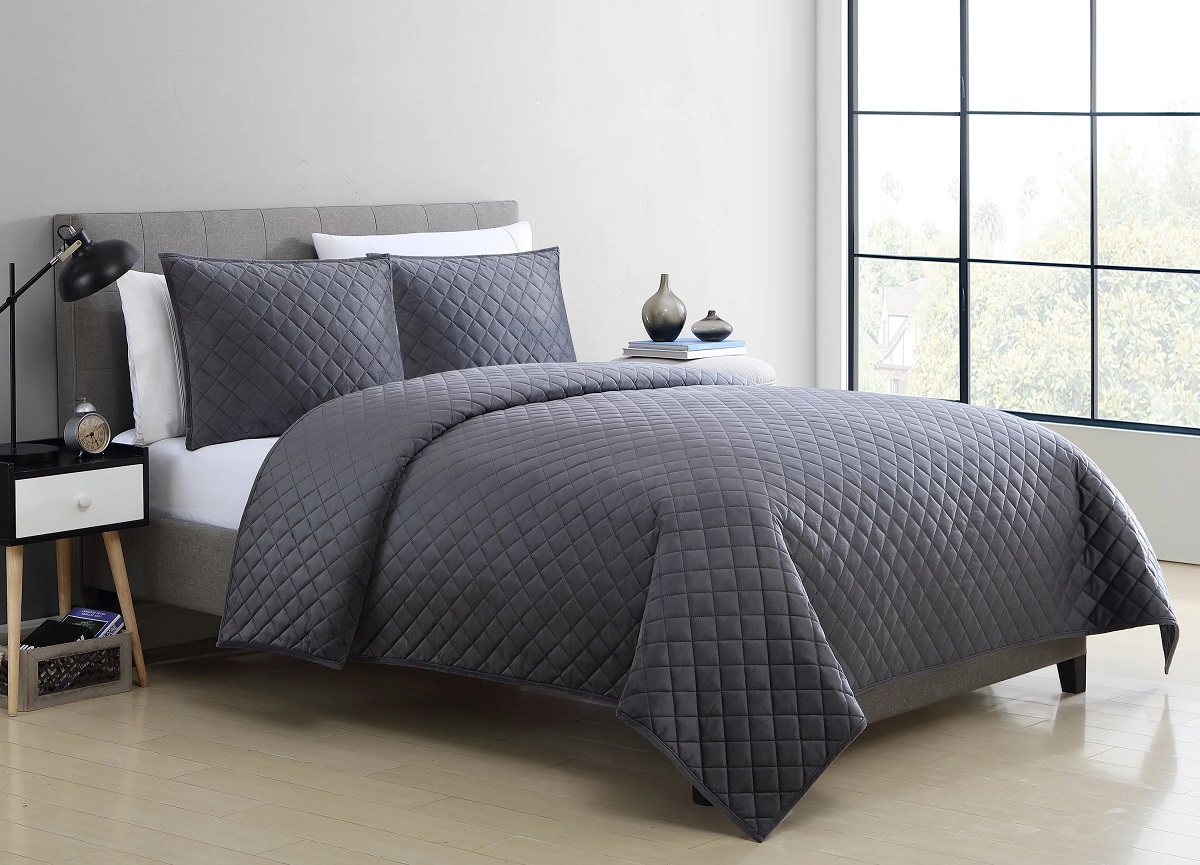
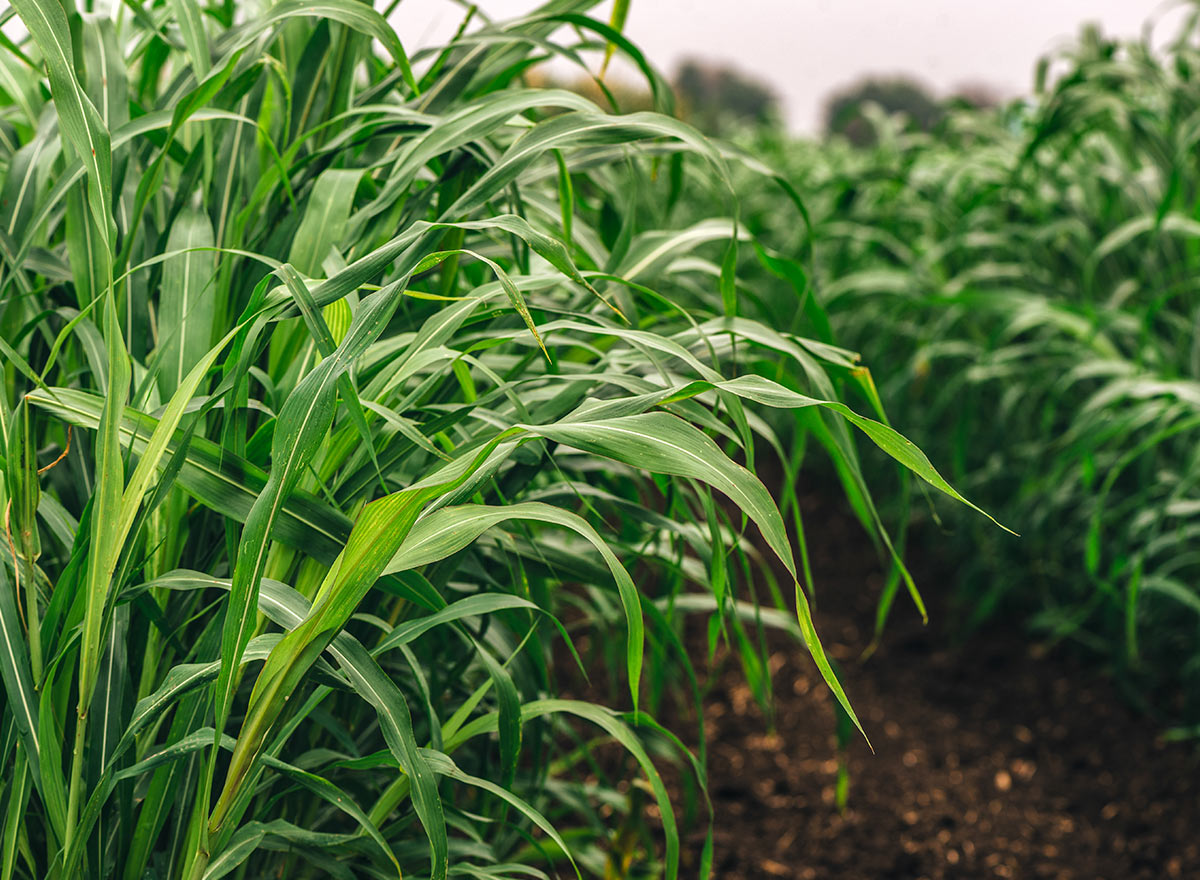
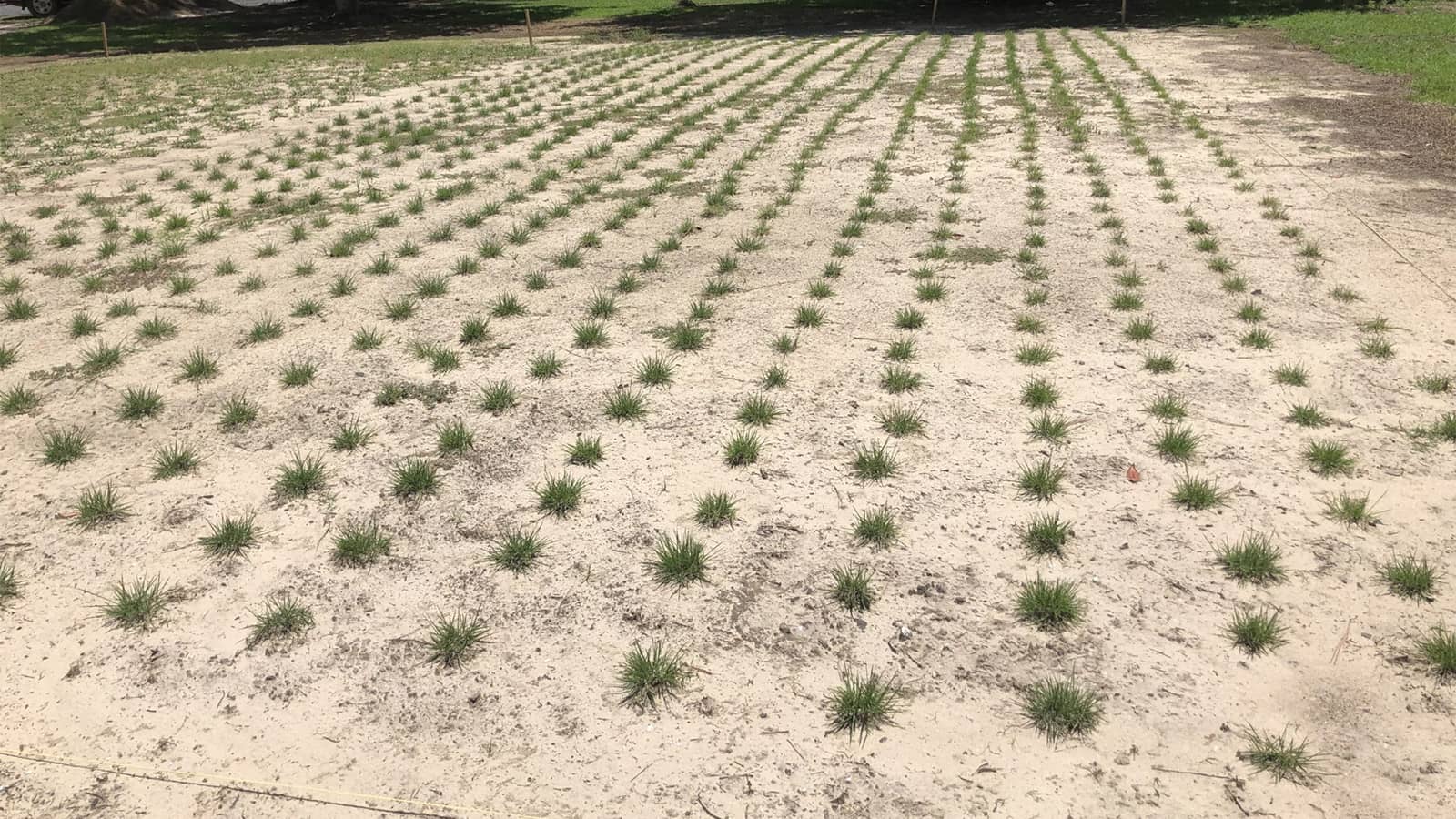
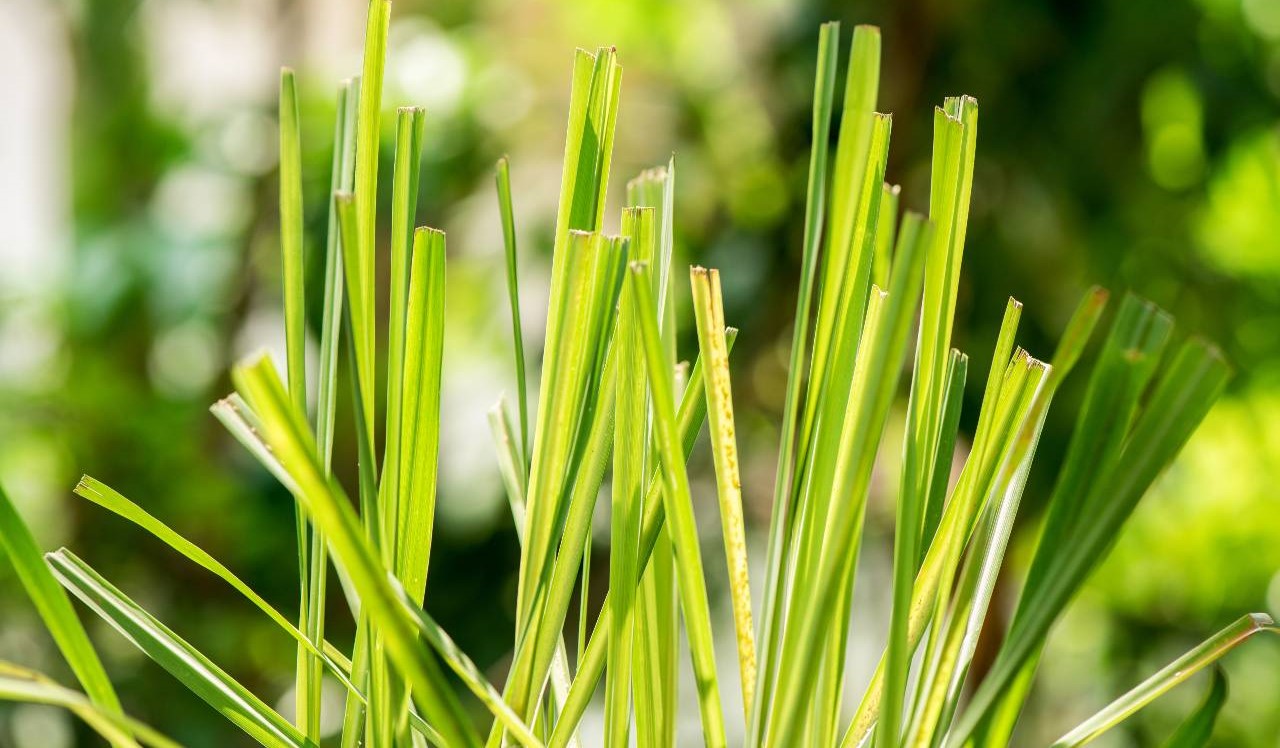
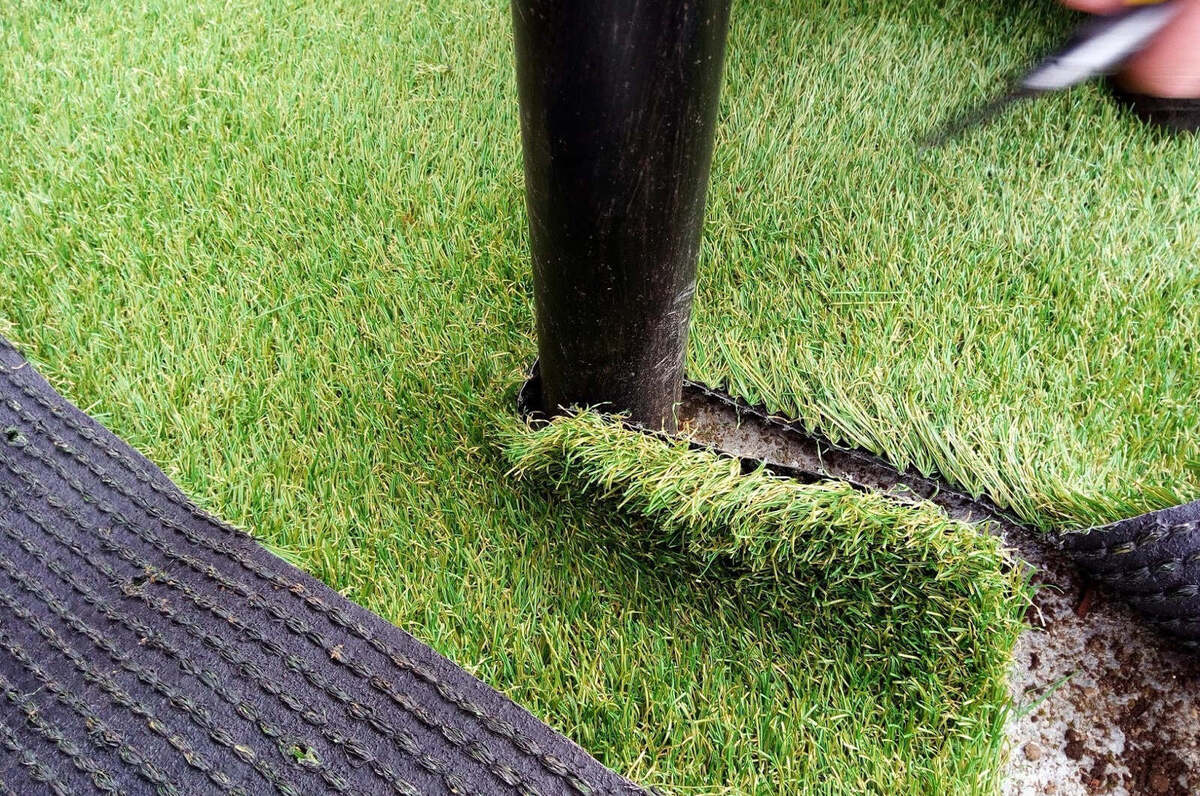

0 thoughts on “What Grass Was Used In The Super Bowl”